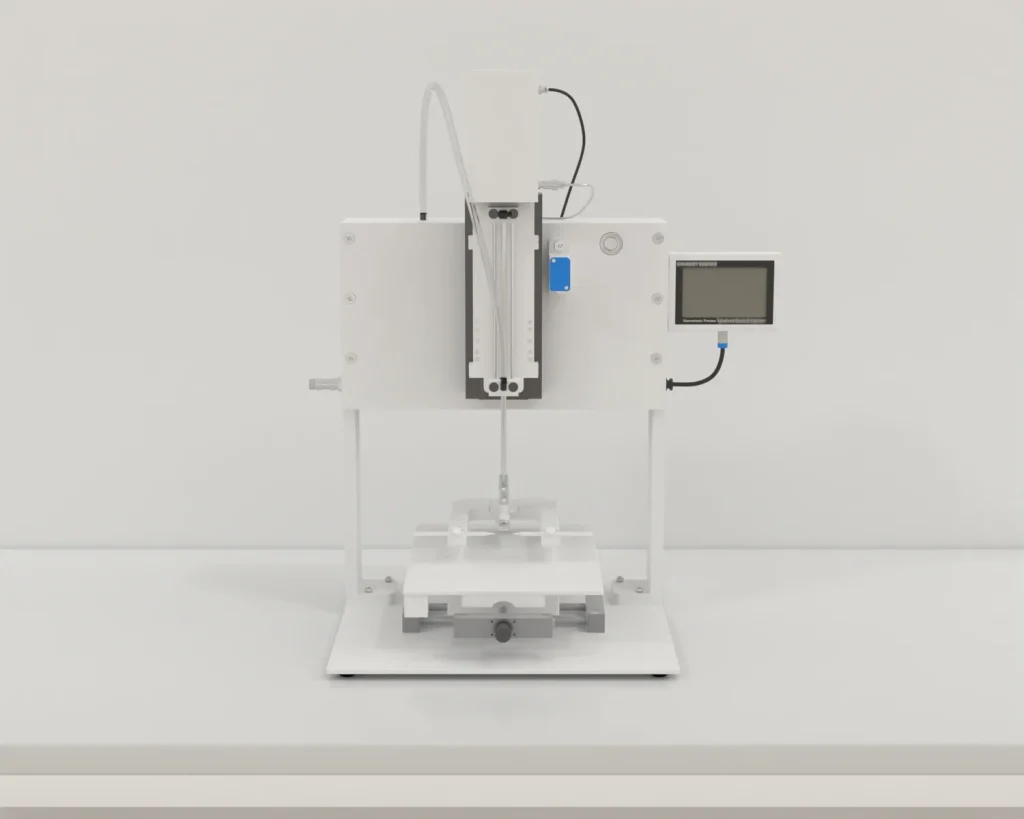
The MazeEngineers Shuttle Box is a versatile tool designed for conducting both active and passive avoidance tests. It features dual independent grid floors that can be customized with various adverse stimuli. The top-loading door facilitates convenient access to the interior of the box. Inside, the cage is equipped with a sound generator and a visual stimulus (light), each controllable separately for different compartments.
Rodents are monitored using two distinct sensor arrays known for their high sensitivity and accuracy. The collected data can be analyzed using Noldus Ethovision software and seamlessly integrated with Neuralynx through Conductor Software.
Please note: An Isolation Chamber is not included with this system.
10% off with your subscription Membership Sku: ME-6001/ 6002 Category Automated Learning Mazes / Availability: In Stock / Delivery Info ⓘ
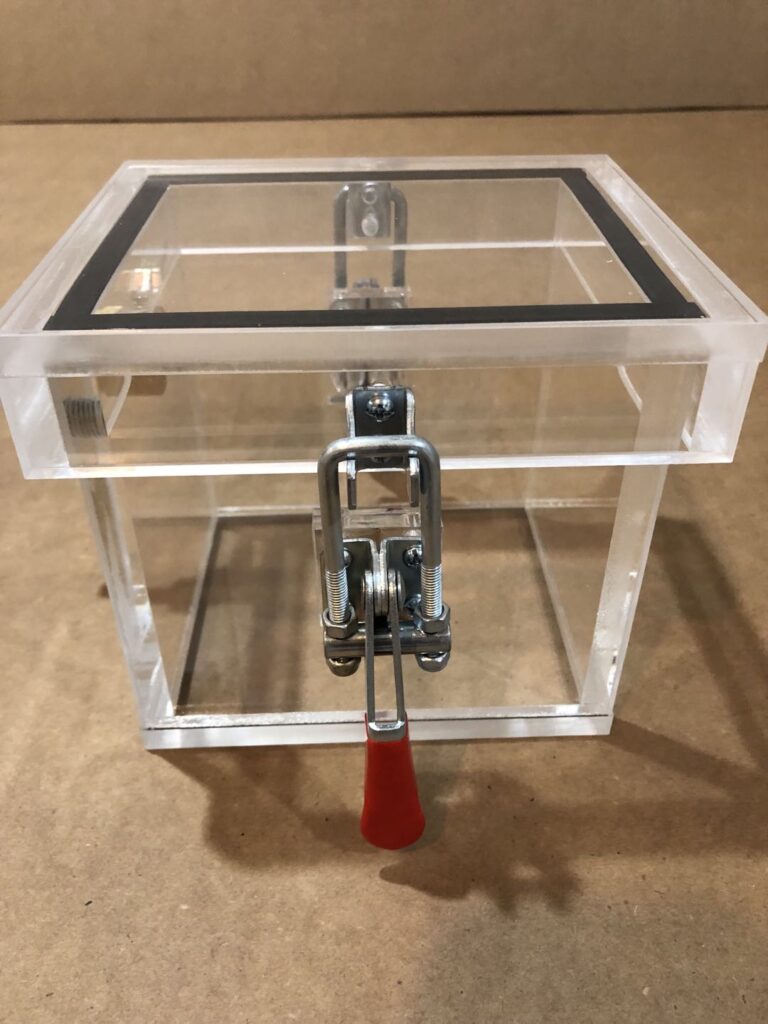
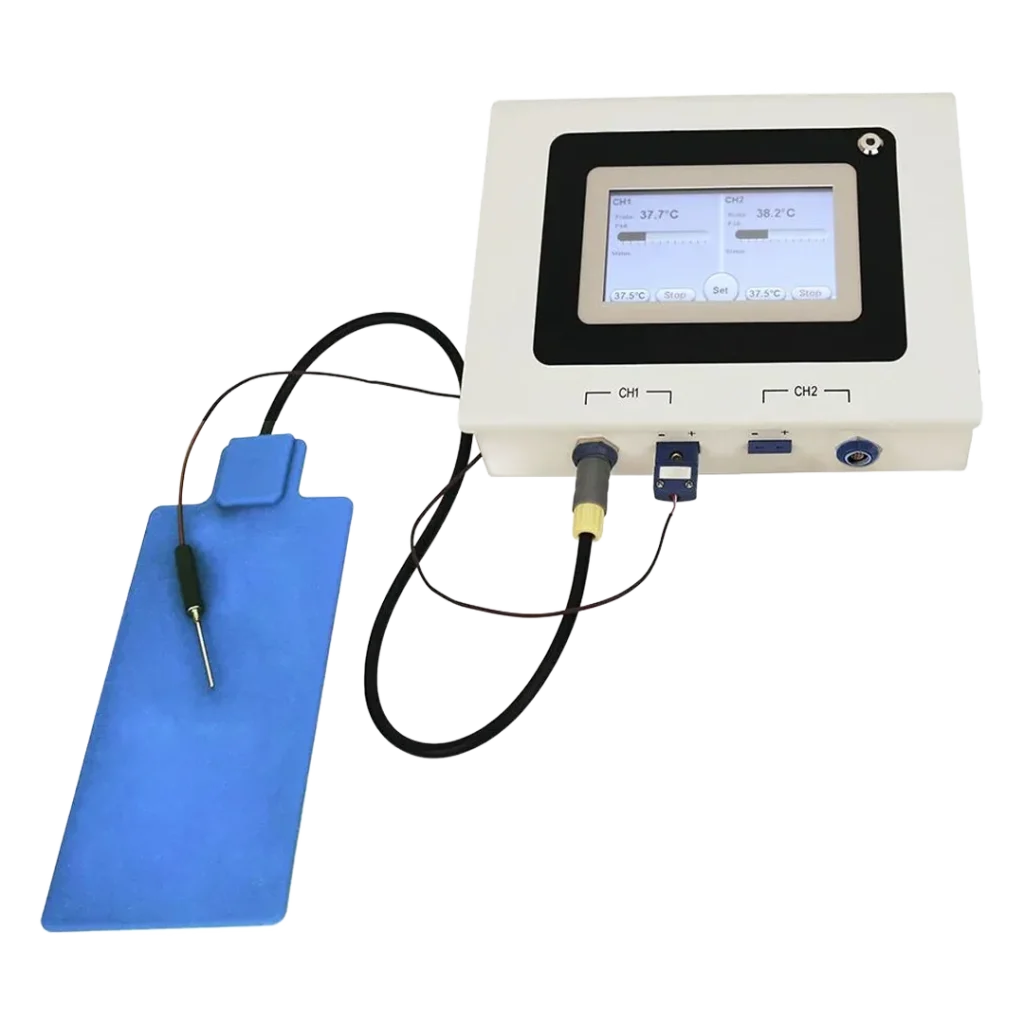
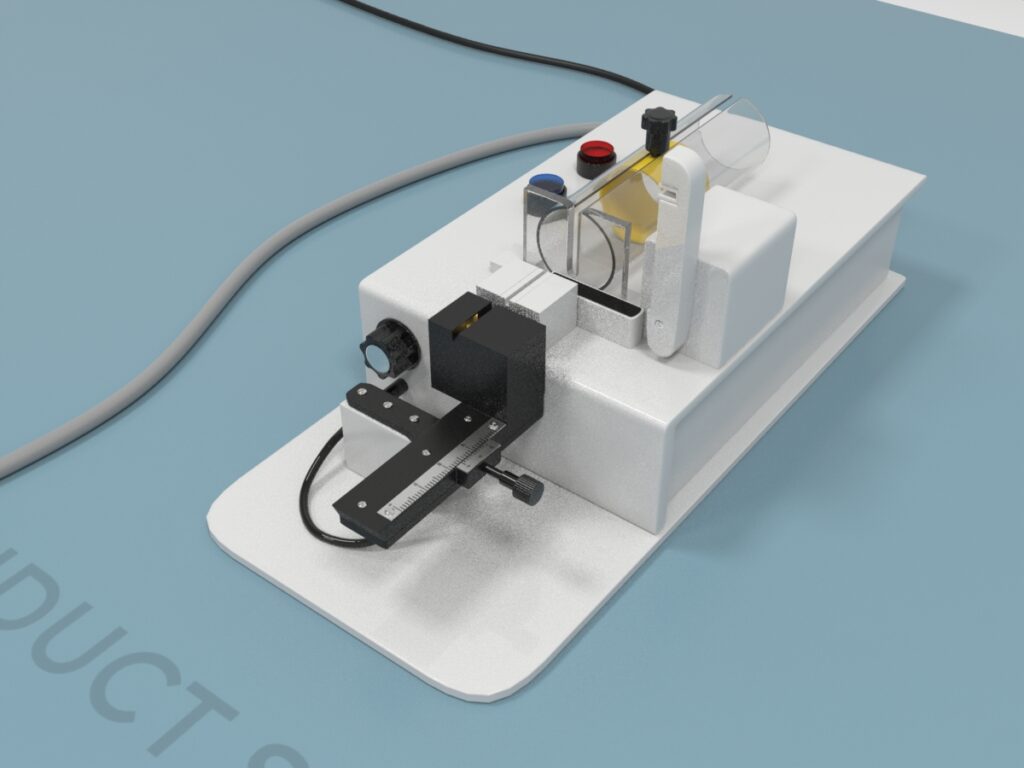
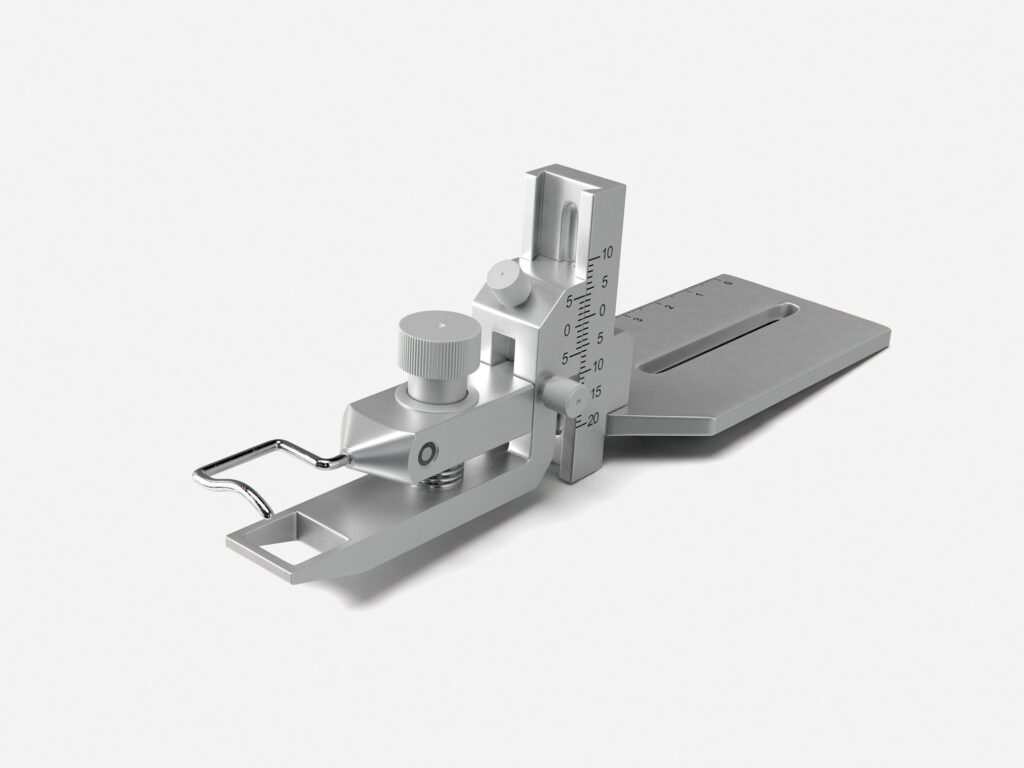
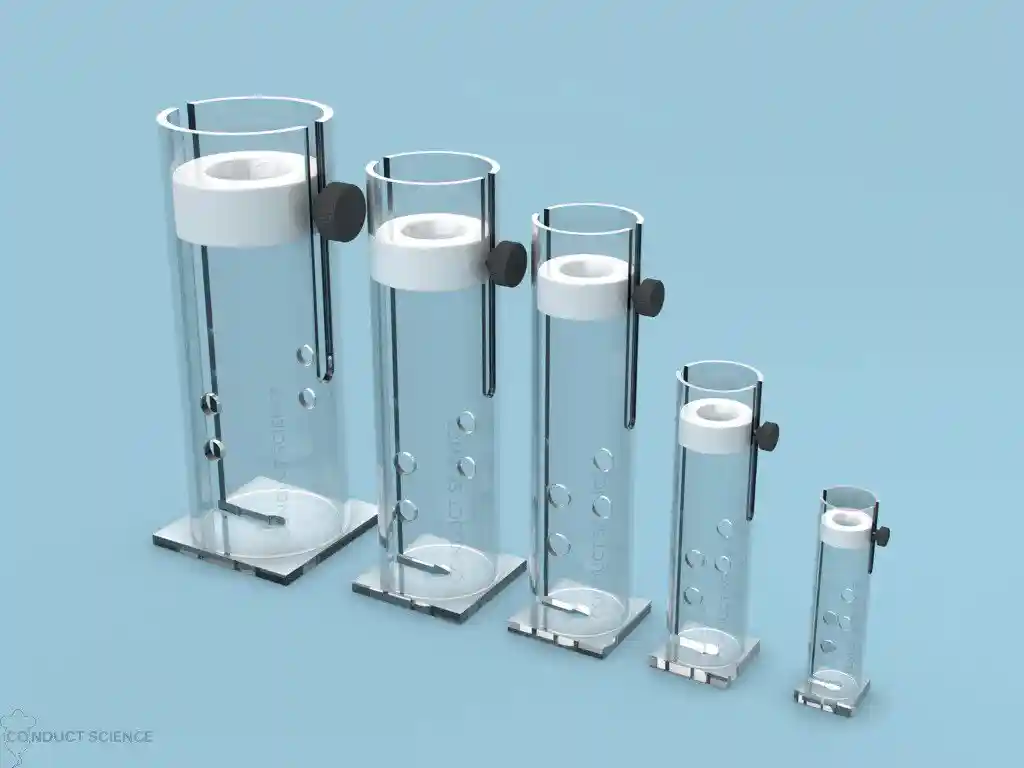





Mouse Shuttle Box Features
2 Dual control speakers
2 Dual control lights
2 Dual control shock grids
Acrylic plating: allow for adjustable contexts; black/black plating for active avoidance; and white/black plating for passive avoidance. (Remove plates for clear context)
Note: Sound Attenuation Chamber sold separately
Rat Shuttle Box Features
2 Dual control speakers
2 Dual control lights
2 Dual control shock grids
Acrylic plating: allow for adjustable contexts; black/black plating for active avoidance; and white/black plating for passive avoidance. (Remove plates for clear context)
Note: Sound Attenuation Chamber sold separately

Take advantage of Neuralynx, Ethovision Integration, SMS and Email integration with the Conductor Science Software. No I/O Boxes Required
Learn More
Passive and active avoidance tests are commonly used behavioral experiments in neuroscience to evaluate different types of fear-based conditioned avoidance learning in rodents. These avoidance test paradigms are designed around the principle that animals adapt their behavior based on past experiences where certain actions have led to negative outcomes. The underlying concept is that a response previously followed by an unpleasant event will be suppressed in the future (Herrnstein, 1969). In avoidance learning, an aversive event, such as a brief foot shock, can be anticipated through conditioning, and the avoidance response serves to prevent the occurrence of this negative event.
Passive Avoidance Active AvoidancePassive avoidance experiments involve training animals to avoid an unpleasant event by inhibiting a specific behavior. For effective learning, the aversive stimulus must be clearly linked to the behavioral action that needs to be suppressed.
Typically, the passive avoidance test is conducted using a shuttle box that features a light chamber and a dark chamber divided by a doorway (known as the step-through method). Rodents generally prefer dark environments due to their natural aversion to light. Initially, they are allowed to move freely between the chambers during the habituation phase. However, during the conditioning phase, the animal receives a foot shock when it enters the dark chamber. As a result, the rodent’s natural inclination to seek darkness becomes associated with the unpleasant stimulus. Consequently, when placed back in the light chamber, the rodent will avoid entering the dark chamber to prevent the aversive experience (Bures et al., 1976).
Active avoidance involves performing a specific behavior to escape or prevent an aversive stimulus. This conditioning approach requires the animal to learn how to influence the occurrence of an unconditioned stimulus (US), such as a foot shock, by responding to a conditioned stimulus (CS) like a light cue that precedes the US. Initially, the animal learns to escape from the US. With repeated training, it begins to anticipate the aversive event and can avoid it entirely. In an active avoidance test, a rodent is placed in a shuttle box and trained to move to the opposite side of the box when it receives a cue signaling an impending foot shock. Moving to the other side of the chamber in response to the shock-predictive cue is classified as active avoidance, while moving only after the foot shock has been delivered is considered an escape response (Bures et al., 1976).
Memory of learned avoidance can be evaluated at various intervals post-conditioning, typically shown by an increased latency to enter the dark chamber. This increased latency indicates the animal’s capacity for learning.
Disruptions to the ability to avoid unpleasant stimuli can be caused by brain injuries, among other factors. Traditionally, passive avoidance tasks have been employed to assess learning deficits resulting from drug administration, brain lesions, and other behavioral manipulations (e.g., Martini et al., 2008; Sałat et al., 2017).